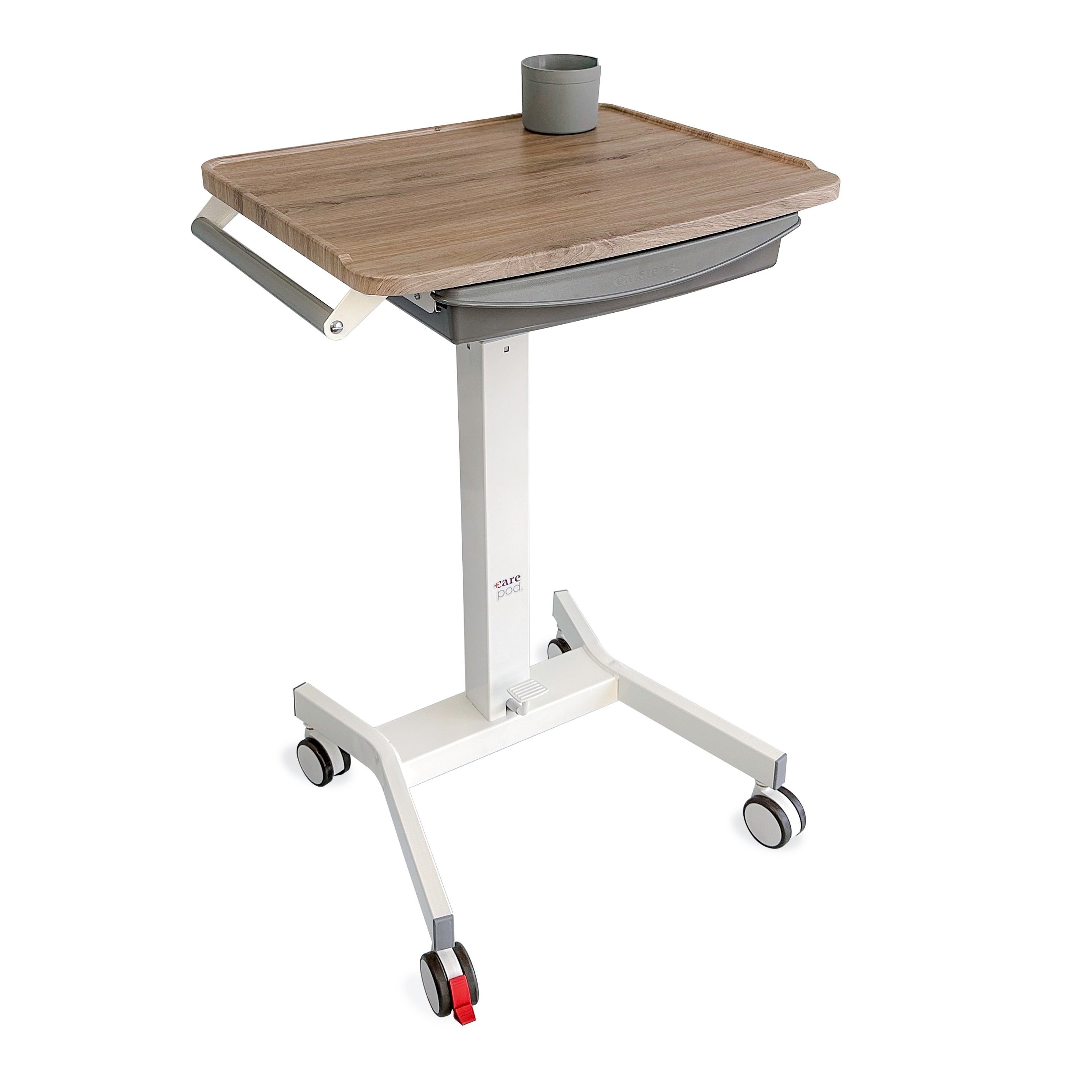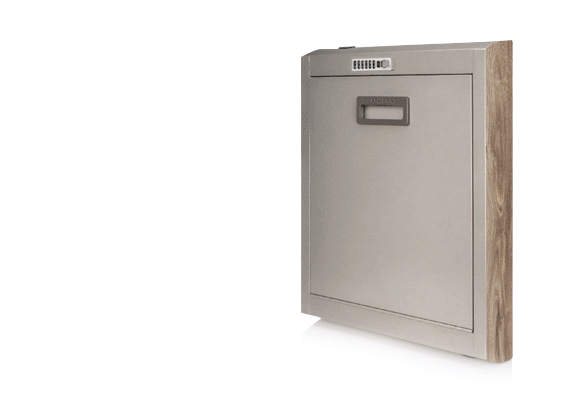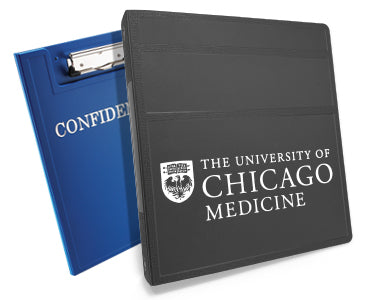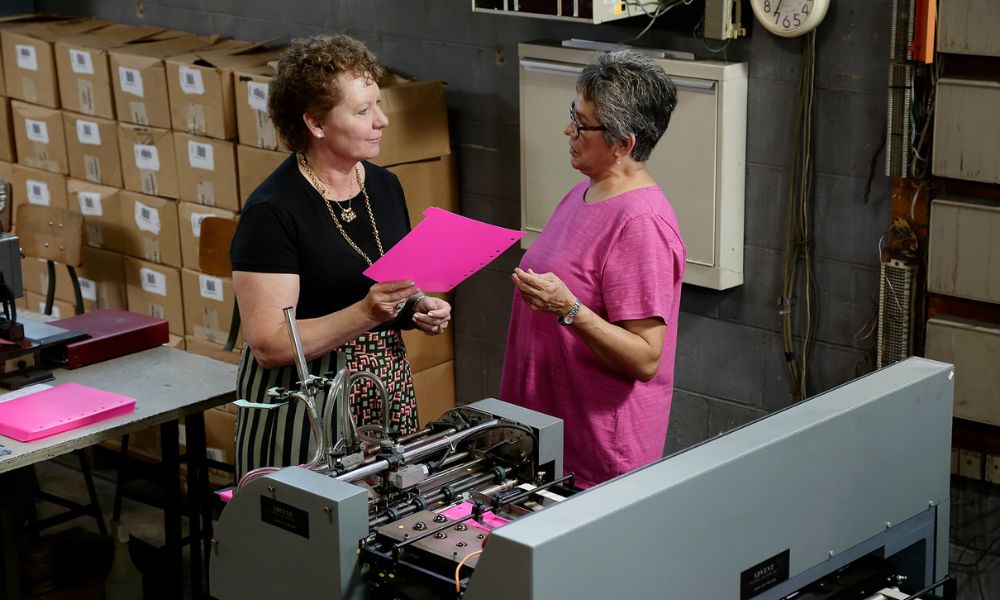Medical binders are essential in organizing patient information, treatment plans, and medication schedules. They enable healthcare professionals to access crucial medical records quickly, enhancing patient care and outcomes. However, choosing the right size and capacity of medical binders can be tricky for healthcare professionals. Check out our quick guide to medical binder sizes and capabilities to simplify your selection process.
Medical Binder Sizes
Medical binders come in different sizes to suit various applications. The most common dimensions include letter, legal, and ledger. The size you choose depends on your record-keeping needs.
The letter-size binder is the most popular and can accommodate letter-sized papers. Legal-size binders, on the other hand, can accommodate longer legal-sized forms, while ledger-size binders can hold tabloid-sized documents.
Medical Binder Capacities
Another factor to consider when choosing medical binders is their capacities. The binder capacity refers to how many sheets of paper it can hold, measured in inches or rings. Common capacities include one, two, and three-inch capacity binders. You should choose the binder capacity based on the volume of records you need to store. Medical binders can typically hold the following numbers of documents:
- One-inch binders: 200 documents
- Two-inch binders: 350–400 documents
- Three-inch binders: 550–600 documents
Specialty Binders
Specialty medical binders are customized record-keeping tools for healthcare settings. They can include specially designed pages, tabs, and sections relevant to a particular field of medicine, such as cardiology, pediatrics, or orthopedics.
You can also use patient chart binders to organize and access patient information related to your specialty. These binders facilitate the recording and tracking of specialized data, treatment plans, patient progress, and other significant details.
Patient chart binders can also improve communication among healthcare team members and enhance the quality of patient care. Although electronic health records have become more prevalent, special medical binders hold value in many healthcare environments for their convenience and ease of use.
Maintenance and Replacement
Maintaining medical binders is crucial to ensure the accuracy of patient information. Regularly review and update patient information, discard outdated documents, and store binders securely. When it's time for a replacement, dispose of old binders according to your facility's policies and replace them with new ones promptly.
Medical binders are vital for healthcare professionals to manage patient information, improve patient outcomes, and optimize care coordination. By carefully selecting the right binder size and capacity, healthcare professionals can enhance their clinical processes. With our guide to medical binders, you can easily choose the perfect medical binder for your facility.






